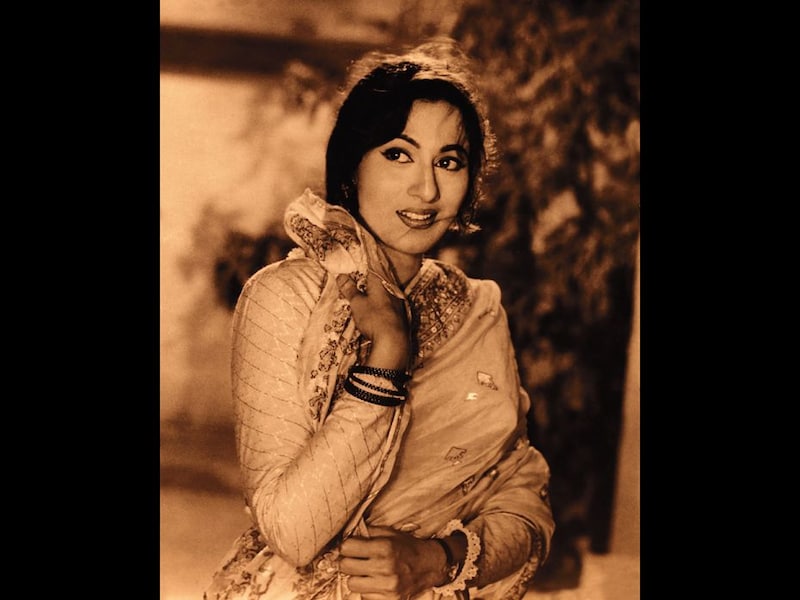Portraits from the past: A peek into the work of lensman JH Thakker
Lensman JH Thakker, a master of light and shadow, immortalised some of the leading film stars of his time at his still photo studio in Mumbai
Jan 03, 2017, 08:26 IST1 min

Image by Forbes
2/2
Image by Forbes
Photogallery
- Home /
- Photogallery /
- 2016-celebrity-100 /
- Portraits-from-the-past-a-peek-into-the-work-of-lensman-jh-thakker
Advertisement
Advertisement